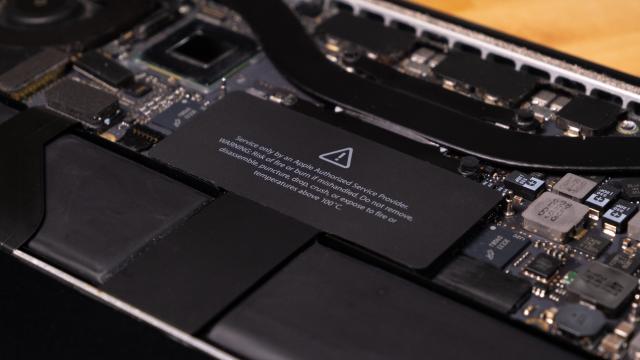When it comes to updates, especially from Apple, I’m usually one to say install it ASAP. After all, these updates usually go through weeks, if not months, of beta testing — plenty of time to find and weed out the big bugs. However, even with fun new features like Universal Control, you should be warned about macOS 12.3. Depending on its repair history, installing this latest update could brick your Mac.
macOS 12.3 is a safe update for most Macs
It’s possible you already updated to macOS 12.3 and didn’t run into any issues. I can say the same, since both my iMac and MacBook Pro are running just fine after I installed the latest update. I’m happily using Universal Control, sending new emoji, and generally enjoying the other fresh features the update has to offer.
However, if you’ve ever had your Mac’s logic board replaced, do not download and install the update. According to MacRumors, macOS 12.3 does not play nice with machines with new logic boards. When you attempt to update one of these computers to 12.3, you’ll see anything from error messages to endless restarts to the worst-case scenario, a bricked Mac.
Why is macOS 12.3 causing errors?
While we don’t know exactly why this happens yet, we do know the bug applies to both Intel and Apple silicon Macs. Whether your logic board-replaced Mac came out this year, or 2014, you should not update to 12.3 at this time.
If you’re seeing this PSA before updating your computer, great. Sit tight until Apple has a fix. However, it might be too late, and you’re sitting there with a bricked iMac, MacBook, or Mac mini. If your machine refuses to turn on, or to properly work after an attempted update to 12.3, there is a fix, but it isn’t easy.
How to fix a bricked Mac after updating to macOS 12.3
To address a bricked Mac in any capacity, you’ll need to put your computer into DFU (device firmware upgrade) mode and restore it. While Apple conveniently hosts DFU directions for both Intel and Apple silicon-based devices, there’s one large caveat that could prevent you from restoring: Placing a Mac into DFU mode requires having access to a second Mac.
If you have a second Mac or have a friend who will kindly lend you theirs, excellent — you can follow Apple’s instructions for reviving your bricked device, whether you have an Intel or M1 machine. These instructions should work, but some users have run into issues. One user on Reddit shared a helpful tip for anyone struggling with DFU:
You need to manually download the 12.2.1 IPSW and that will revive in Configurator.
Any attempts to get 12.3 on your mac will fail with that error.
You should be able to get into DFU though – wait until you’re on the exclamation mark screen after a few flashes, then do the DFU key sequence. Configurator will let you try a revive in recovery mode though, but not sure if that works – I assume that’s your 21 error. You should get a 2006 error when trying in DFU mode.
The second time I tried a normal in system upgrade, the screen refused to show anything as a result of the firmware failure – but it still appeared in Configurator and the DFU key sequence still worked.
If you don’t have a second Mac, however, you might want to check out a computer repair store that has one.
You could be tempted to take your machine to Apple, but at this time, that isn’t recommended. As MacRumors explains, the Genius Bar’s triage of your bricked device will result in not a DFU restore, but likely a second replacement of your device’s logic board. As we know, the issue stems from the software not working with a logic board replacement, so this won’t really solve the actual problem here.
Instead, consider taking your computer to a third-party repair store and explain the situation, if they aren’t already familiar. They might be more likely to help you through a DFU restore using another Mac than Apple apparently is.

Leave a Reply
You must be logged in to post a comment.